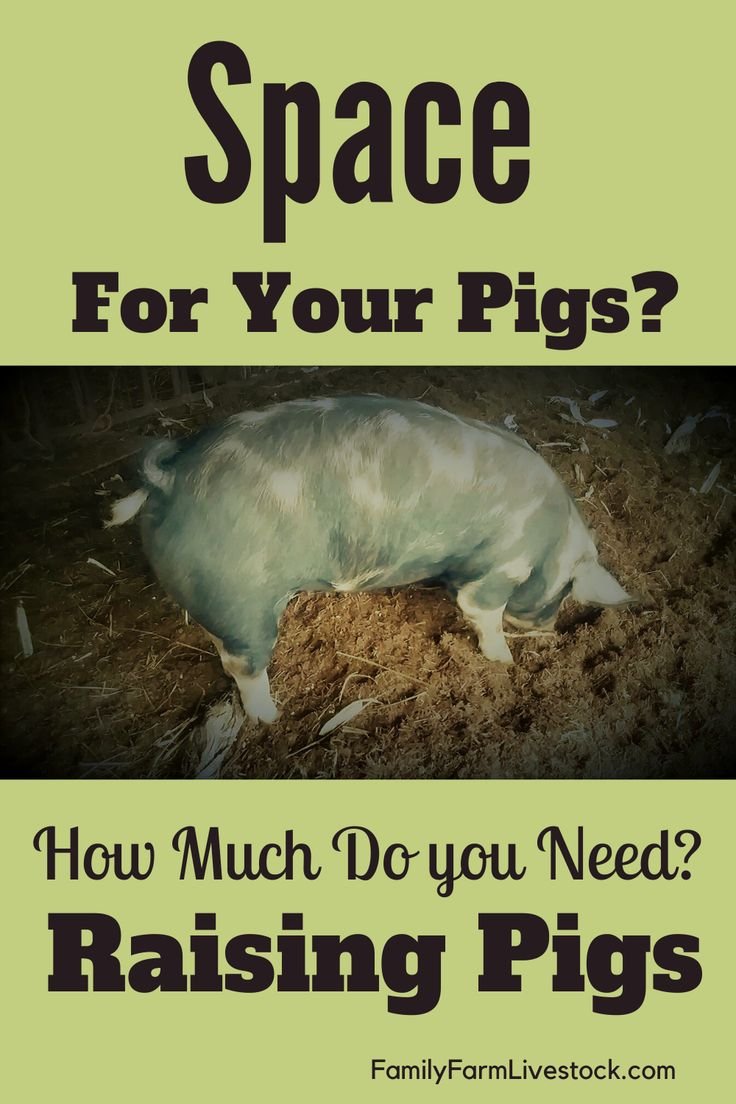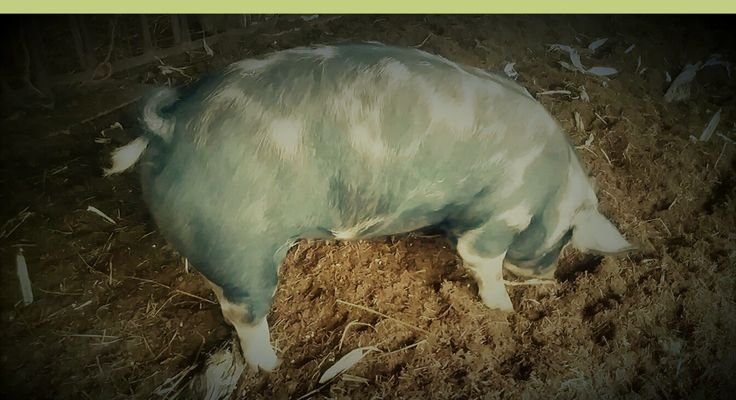
So, how much space do you actually need? This can vary based on a few factors, including the pig’s age, size, and breed, as well as the overall setting where they’ll live. You might think about raising a pig like adopting a dog; you wouldn’t want to keep a large breed dog in a tiny apartment, right? Let’s dive into what you need to consider when planning space for your future porker.
Understanding Pig Space Requirements
When figuring out how much space you need, it’s essential to consider the type of pig you’re looking to raise. Miniature pigs, like the popular *Juliana* or *Vietnamese* breeds, may require less space than regular farm pigs. Mini pigs can be quite happy in a small yard, while larger breeds, such as *Berkshire* or *Yorkshire*, need a lot more room to move around comfortably. It’s like a Goldfish Bowl vs. a traditional aquarium—the size and type of your pet greatly influence their habitat needs.
A general rule of thumb is that a pig needs at least 20 square feet of space per pig. But for pigs that are larger, you might want to bump that number up. Here’s a quick breakdown:
- Miniature Pigs: 20-50 square feet
- Standard Pigs (like Potbellies): 50-100 square feet
- Large Breeds: 100-200 square feet
These figures ideally provide enough room for your pigs to move around, root in the soil, and stretch their legs.
Outdoor Space vs. Indoor Space
Now that you have a rough idea of how much space you need, let’s talk about where your pigs will live. Pigs are outdoor animals. If you’re considering a space within your home, that’s not really the best option for them. Outdoor space is not just crucial; it’s essential. Pigs love to dig and play in the mud, which helps them regulate their body temperature and even keeps them happy.
That said, you should aim for an outdoor pen or a pigsty that allows them to interact with nature. Make sure it’s secure, too, as pigs can be quite strong and clever. Here are some features to consider when setting up an outdoor space:
- Fencing: Strong and high enough to prevent escapes.
- Shelter: Protection from rain, wind, and sunlight—a simple barn or shed will do!
- Enrichment: Pigs are social and curious, so adding toys or digging areas will keep them mentally stimulated and happy.
Group Living Considerations
Pigs are social animals, which means they thrive in pairs or groups. If you plan on having more than one pig, you’ll need to consider the space requirement for each additional pig. As mentioned earlier, the base requirement is 20 square feet per pig, but it’s a good practice to add a little extra space for companionship. This prevents overcrowding and allows for social interactions.
If you’re raising a group, you might want to scale up your outdoor pen considerably. For instance, a group of three standard pigs may need 150-300 square feet. Think of it like a group of friends at a party; you want enough room for mingling but not so cramped that everyone feels squished.
Feeding Areas and Water Access
Alongside space for roaming, you must also provide dedicated areas for feeding and drinking. Pigs can be quite messy eaters, so it’s a good idea to have a designated spot for food that can be easily cleaned. A concrete slab or a designated feeding trough can work wonders here.
When it comes to water, pigs need constant access to clean, fresh water. This means adding a large trough or water container that they can’t tip over. If you’re worried about space, try to ensure your water source is near the feeding area to minimize extra travel for your pigs. Remember, pigs drink a lot, especially in hot weather, so don’t skimp here!
Environmental Considerations
Consideration for the environment is crucial when raising pigs. Do you live in a hot or cold climate? The weather can significantly impact how much space you need. Pigs can adapt to various conditions, but you may need to take additional steps to protect them.
In hot weather, ensure cool shade is available and maintain a mud area where they can cool off. In colder climates, insulating the shelter is critical. You may also want to provide extra bedding for warmth. If your pigs are unhappy, they’ll become stressed, and we all know that a happy pig is a healthy pig!
Choosing the Right Location
If you haven’t chosen a location yet, think about how your setup will affect both your pigs and your neighbors. Pigs can be loud, especially when they’re excited or hungry, and the last thing you want is to annoy the neighbors.
Select a spot that’s far enough away from residential areas and has easy access to resources like food and water. Aim to place their area in a spot where you can easily monitor and care for them. After all, you’ll want to spend time with your pigs, observing their quirky behaviors and ensuring they’re thriving.
To sum it up, raising pigs is a rewarding experience, but it comes with its own set of space requirements. From understanding their basic space needs to setting up outdoor pens and providing proper hydration, you’ve got a lot to think about. Whether you opt for a mini pig or a standard breed, the space should be comfortable, safe, and engaging.
Ultimately, creating a suitable living environment for your pigs ensures they can live happier, healthier lives. So lay out those plans, get ready for some fun pig adventures, and enjoy the rewarding experience of raising these unique animals!

